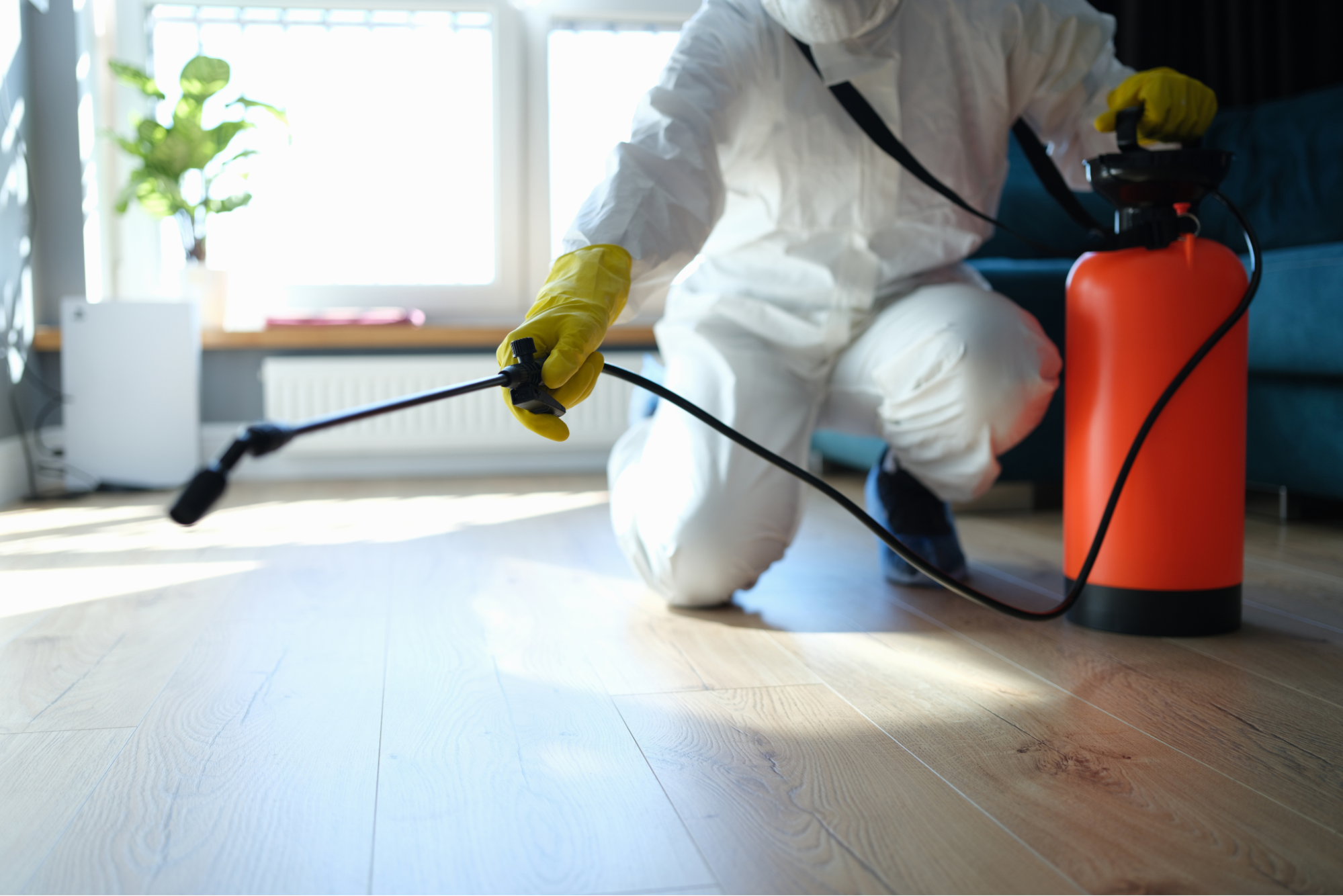Reliable A1 Bed Bug Treatment in Charlotte - Safe and Proven Approaches
Bed Insect Therapy Malfunction: Contrasting Chemical Vs. Non-Chemical Solutions
In the realm of parasite control, especially when handling the persistent problem of bed insects, the choice in between chemical and non-chemical treatment options can be a critical one. Both strategies use distinctive benefits and drawbacks, influencing variables such as efficiency, safety factors to consider, and general expense. By examining the nuanced details of each approach, a clearer understanding of which course to seek in dealing with a bed insect problem can be achieved.
Efficiency of Chemical Therapies
Chemical treatments for bed insect problems have been widely recognized for their powerful and rapid effectiveness in eliminating these parasites. When considering the effectiveness of chemical therapies, it is important to comprehend that they can supply a complete and fast option to a bed bug problem. Professional pest control men commonly rely upon insecticides to target bed insects at numerous phases of their life process, consisting of eggs, nymphs, and adults. These chemicals usually function by interrupting the bed pests' nerves, resulting in paralysis and ultimate fatality.
Additionally, chemical treatments have the advantage of providing recurring effects, meaning that they can continue to eliminate bed insects even after the preliminary application. This recurring action is specifically helpful in combating any possible re-infestations. Additionally, the quick activity of chemical treatments can bring alleviation to individuals dealing with severe bed pest invasions, allowing them to regain control of their space rapidly.
Security Interest In Chemical Solutions
One essential facet that needs careful consideration when making use of chemical options for bed insect treatment is making sure the safety and security of occupants and the atmosphere. Direct exposure to specific chemicals used in bed pest therapies can lead to breathing issues, skin irritability, or other negative responses, particularly in people with pre-existing conditions or level of sensitivities.
Furthermore, the ecological impact of chemical options is another considerable factor to consider. Some pesticides made use of in bed bug treatments might be damaging to beneficial pests, wild animals, and environments if they seep into the dirt or water systems. It is essential to utilize chemical therapies judiciously, following safety and security guidelines, and thinking about much less harmful choices to mitigate these dangers and make certain the efficient and safe administration of bed pest invasions.
Advantages of Non-Chemical Techniques
Considering the prospective safety and security problems and ecological influence related to chemical solutions for bed bug treatment, checking out non-chemical techniques offers an encouraging alternative with several distinct benefits. Non-chemical methods provide a much safer choice for homes, particularly those with people, kids, or pet dogs delicate to harsh chemicals. These techniques remove the risks of direct exposure to toxic materials, reducing the capacity for adverse health and wellness effects. Furthermore, non-chemical treatments are eco friendly, as pest pest they do not add to air or water contamination, making them a sustainable selection for pest control.
Furthermore, non-chemical options can be reliable in targeting bed insects, consisting of hard-to-reach areas where chemical treatments may not pass through - A1 pest control charlotte nc bed bugs. Methods such as warmth therapy, vacuuming, steam cleaning, and bed mattress encasements offer detailed eradication without the use of dangerous chemicals.
Limitations of Non-Chemical Treatments

Additionally, non-chemical therapies frequently call look at here for multiple applications to attain successful elimination. This can be time-consuming and may not constantly guarantee full elimination of all bed pests and their eggs, particularly in hard-to-reach or hidden locations.
Furthermore, the success of non-chemical therapies greatly depends on proper implementation and thoroughness, which can be testing for people without specialist proficiency. Inadequate application of non-chemical methods might result in insufficient removal, causing persistent infestations and the demand for extra treatments.
Therefore, while non-chemical treatments have their advantages, it is important to recognize these constraints and consider them when determining the most effective method for handling bed insect invasions.
Price Contrast: Chemical Vs. Non-Chemical Options
Given the restrictions connected with non-chemical therapies, a vital facet to assess in the context of bed insect management is the expense contrast between chemical and non-chemical choices. In comparison, non-chemical treatments like warm therapy or steam can be a lot more expensive, with expenses varying from $1,000 to $6,000 for an entire home. While the preliminary expense of chemical treatments might seem reduced, several therapies may be needed to fully remove the problem, possibly enhancing the general price.
Conclusion

Considering the prospective safety and security concerns and ecological impact connected Related Site with chemical remedies for bed bug therapy, exploring non-chemical strategies presents an appealing choice with a number of distinctive advantages.Given the restrictions associated with non-chemical treatments, a crucial aspect to review in the context of bed insect administration is the cost contrast in between chemical and non-chemical alternatives. In contrast, non-chemical therapies like warmth treatment or steam can be a lot more costly, with expenses ranging from $1,000 to $6,000 for an entire home. While the preliminary expense of chemical treatments may seem lower, multiple treatments might be required to fully remove the invasion, potentially enhancing the overall cost.In conclusion, when comparing chemical and non-chemical bed pest therapy alternatives, it is important to think about efficiency, security, benefits, restrictions, and expense.